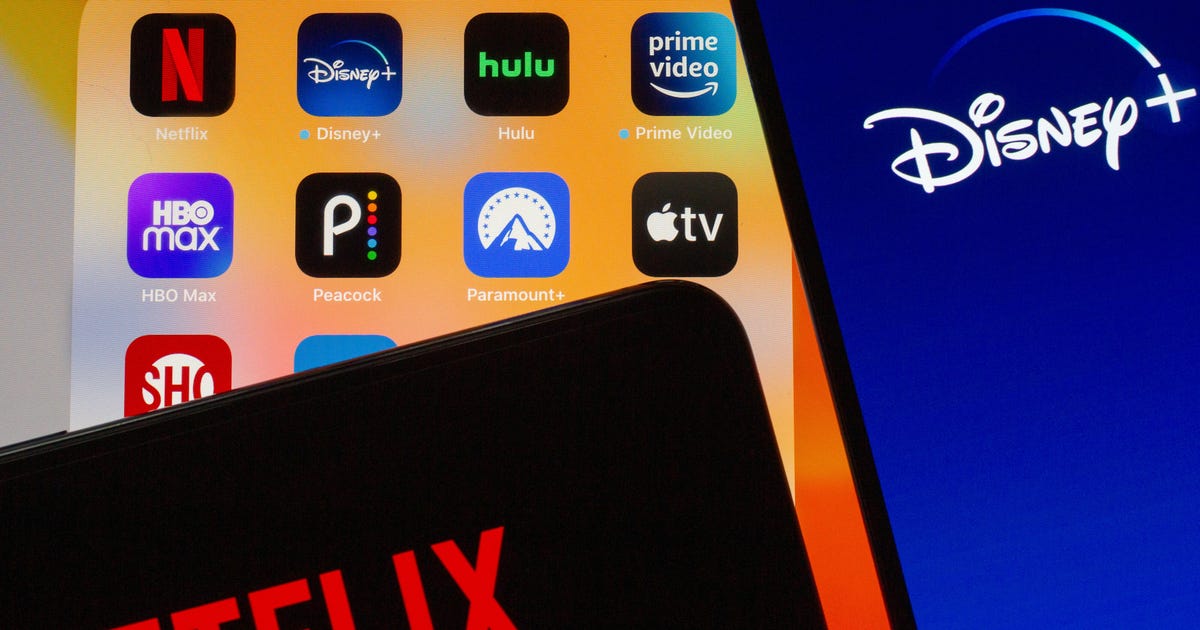In the field of telecommunicationshttps://onlinehelp-uk.com we are living through a period of rapid change. New technologies have emerged that enable video and voice to be streamed over the Internet and content to be delivered to tablets and smartphones. These platforms also broadened the messaginghttps://onlinehelp-uk.com entertainmenthttps://onlinehelp-uk.com and commerce multi-platform mix. Simultaneouslyhttps://onlinehelp-uk.com an “Internet of Things” focused on sensors and machine-to-machine communications can create new customer-business relationships.
Video Streaming’s Explosive Growth
The digital delivery of television contenthttps://onlinehelp-uk.com such as TV showshttps://onlinehelp-uk.com as streaming media distributed over the Internet is known as streaming television. Online reviews about smart tv stores will give the right one for this purpose. Dedicated terrestrial television is broadcast over-the-air aerial systemshttps://onlinehelp-uk.com cable televisionhttps://onlinehelp-uk.com and satellite television systemshttps://onlinehelp-uk.com while streaming TV is delivered over-the-air aerial systemshttps://onlinehelp-uk.com cable televisionhttps://onlinehelp-uk.com and satellite television systems. Streaming video-on-demand services such as Netflixhttps://onlinehelp-uk.com Huluhttps://onlinehelp-uk.com Prime Videohttps://onlinehelp-uk.com HBO Maxhttps://onlinehelp-uk.com Peacockhttps://onlinehelp-uk.com Disney+https://onlinehelp-uk.com Apple TV+https://onlinehelp-uk.com and Paramount have dominated the use of streaming web video and streaming television. You should check US-Reviews for helpful tips.
A digital television signal needed around 200 Mbps of bandwidthhttps://onlinehelp-uk.com which was 2https://onlinehelp-uk.com000 times greater than the bandwidth of a speech signal transmitted over a copper telephone wire. You did not think it feasible until the 1990s that you could squeeze a television program into the restricted telecommunication bandwidth of a copper telephone cable to provide an adequate streaming service. The discrete cosine transform (DCT) video compression and asymmetric digital subscriber line (ADSL) data transmission technologies were the only ones that made streaming services possible.
DCT is a lossy compression technique invented by Nasir Ahmed in 1972[2]https://onlinehelp-uk.com which was later developed into a motion-compensated DCT algorithm for video coding standards such as H.26x from 1988 and MPEG from 1991 onwards. [three] [4] Motion-compensated DCT video compression decreased the amount of bandwidth available for a television signal. At the same timehttps://onlinehelp-uk.com ADSL increased the amount of data transmitted over a copper telephone wire.
In 2013 at the 65th Primetime Emmy Awardshttps://onlinehelp-uk.com Netflix earned the first Primetime Emmy Award nominations for original streaming television. House of Cardshttps://onlinehelp-uk.com Arrested Growthhttps://onlinehelp-uk.com and Hemlock Grovehttps://onlinehelp-uk.com three of its web serieshttps://onlinehelp-uk.com received nominations that year. [nineteen] Comcast launched an HBO plus broadcast TV bundle on July 13https://onlinehelp-uk.com 2015https://onlinehelp-uk.com at a reduced price from standard broadband plus basic cable.
YouTube TVhttps://onlinehelp-uk.com a streaming service that makes users watch live programs from typical cable and network channels and capture shows to stream anywherehttps://onlinehelp-uk.com was introduced in 2017. In 2017https://onlinehelp-uk.com 28 percent of US adults said that streaming services were their primary form of watching televisionhttps://onlinehelp-uk.com with 61 percent of those aged 18 to 29 saying the same. With 117 million paying subscribershttps://onlinehelp-uk.com Netflix is the world’s largest subscription TV networkhttps://onlinehelp-uk.com as well as the world’s largest Internet video and entertainment grouphttps://onlinehelp-uk.com according to sales and market cap as of 2018.
Video streaming has become the fastest-growing aspect of Internet use. Consumers have shown a strong interest in watching movies on demand and viewing video content on various deviceshttps://onlinehelp-uk.com including televisionshttps://onlinehelp-uk.com video playershttps://onlinehelp-uk.com desktopshttps://onlinehelp-uk.com laptopshttps://onlinehelp-uk.com tabletshttps://onlinehelp-uk.com and smartphones. People appreciate the convenience of online videohttps://onlinehelp-uk.com as well as the high-resolution and 3-D options now available. Video streaming is expected to account for 30{31b516a3667ece60c274bbade20f3475629f18f12c690066d144f0f7ccf926db} of total Internet traffic in the entertainment sector.
In terms of speed and network architecturehttps://onlinehelp-uk.com the rise of video necessitates a more significant investment in telecommunications networks. Internet service providers are reengineering their networks to meet the exponential growth of video and make it easy for people to share opinions online. People enjoy reflecting on their experiences and exchanging feedback with their friends and colleagueshttps://onlinehelp-uk.com so social media has become a part of the user experience.
Howeverhttps://onlinehelp-uk.com streaming is expanding beyond entertainment into fields such as education and health carehttps://onlinehelp-uk.com among others. Documentarieshttps://onlinehelp-uk.com filmshttps://onlinehelp-uk.com and instructional videos are considered essential components of the learning process by educators.
The rapid growth of video in a variety of areas necessitates network infrastructure investment. Consumers want networks that can stream and distribute a variety of video formats quickly. This necessitates a significant investment on the part of the Internet and service providers.
